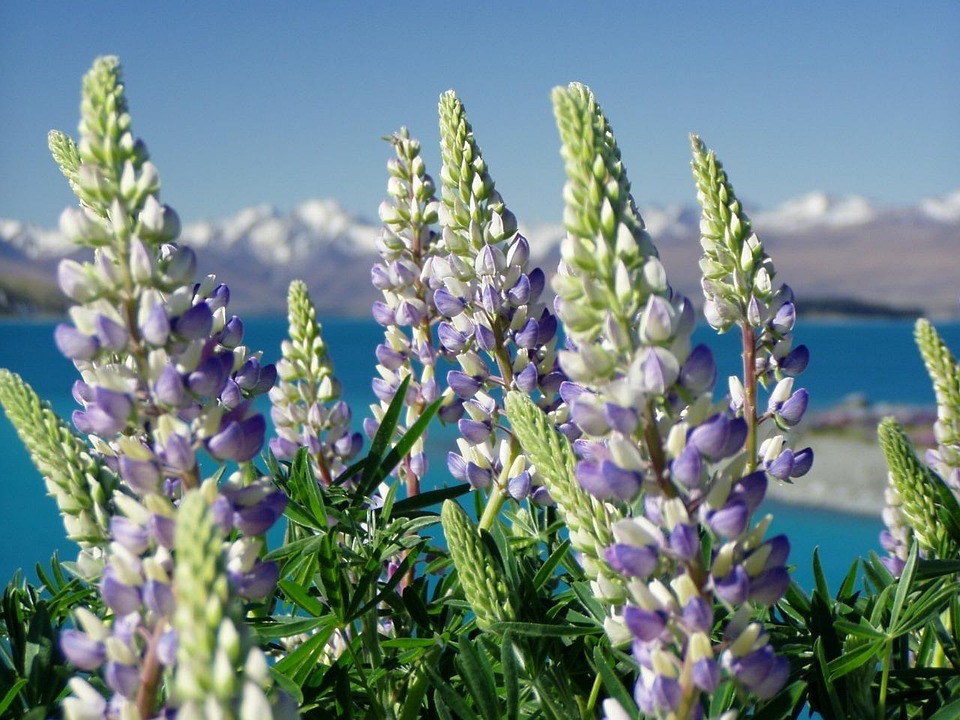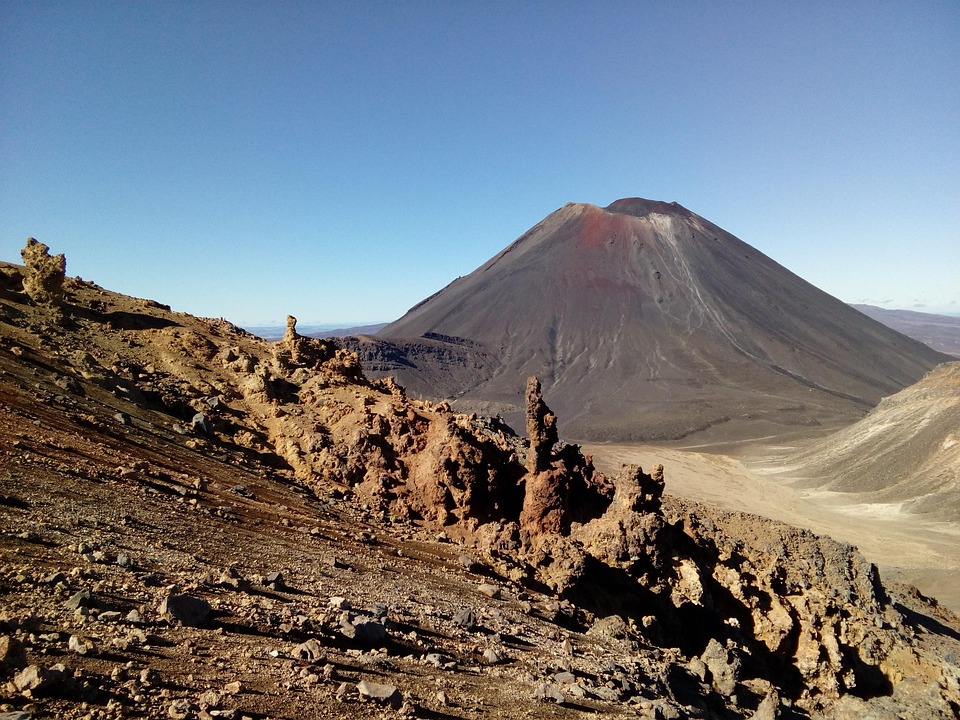Sikaiana, which covers less than two square kilometers, is surrounded by the sea and is home to only 300 inhabitants. It is also more than 200 kilometers from the main island of the Solomon archipelago.
Most homes are just steps from the shore, where high tides flood the tree line and seep into wells, making fresh water scarce.
Yet life continues with a sense of routine. Children walk barefoot to school, fishermen prepare their nets and families tend to their gardens as they always have.
At the island’s only school, principal Tuiao Kapule stops to draw rainwater from a storage tank, a precious resource on this isolated atoll where every drop counts.
“When I was a child, life in Sikaiana was not like that,” he says. “Now the tides are higher, salt water levels have increased and it’s harder to grow food like it used to be.”
He watches his students play nearby, their laughter echoing across the schoolyard. “Families are having a hard time coping with the changes,” he says. “Some students stay home when there is not enough to eat.”
As rising tides reshape life on Sikaiana, director Tuiao Kapule worries what the future holds for this small atoll.
Later that afternoon, Tuiao stands outside her house with her youngest in her arms.
“Sikaiana is my homeland,” he said softly. “But if we ever have to leave, I will go. Life on this island is not what it used to be.”
Her story mirrors that of Mary Maike, a community elder who lived by the sea all her life.
“When it rains a lot, we cannot harvest,” she says. “Our gardens depend on the weather. When the sun stays out too long, the reservoirs dry up, so we have to find wells, collect water and boil it before we can drink it.”
Mary Maike, a Sikaiana resident.
She watches her grandchildren play while the elders rest nearby; island life continues as always.
“If we have to move, it will be up to our leaders to decide,” she explains. “Even if we agree to move, we don’t know where we will go. We prefer to stay near the sea because we depend on fishing and shell collecting. Moving inland would make our lives very difficult.”
Across the Solomon Islands, stories like Tuiao’s and Mary’s are increasingly common as rising seas, stronger storms and climate change reshape daily life – flooding gardens, contaminating wells and eroding coastlines.
On Sikaiana, the change is evident: the atoll rises only four meters above sea level, protected only by a narrow strip of mangroves.
For Tuiao, Mary and other Pacific lowland communities, there is no higher ground. Sea walls are too expensive and difficult to install, making resettlement the only viable option.
Sunset over Sikaiana, a remote atoll located more than 200 kilometers from the nearest main island.
The fate of small islands threatened by climate change is one of the issues to be discussed by delegates at the United Nations Climate Conference (COP30) which takes place in Belém, Brazil.
This is not a new challenge.
In 2022, the Solomon Islands Government, with the support of the International Organization for Migration (IOM), launched the Planned Resettlement Guidelines – a framework for managing the resettlement of communities from high-risk areas as a last resort.
IOM is helping the government develop a standard approach for the planned move, ensuring it is transparent, inclusive and respects the dignity of the islanders while securing their long-term future.
As the sun sets in Sikaiana, the waves gently crash against the shore, a steady rhythm that has long defined life on the island. Yet beneath the calm surface lies uncertainty: how long can this lifestyle last?
Like many families in the Solomon Islands, Tuiao and Mary hope that their children will have a secure home and a future they can build with pride. Whether they stay on Sikaiana or move elsewhere, their unity and strength sustain them with dignity.
Originally published at Almouwatin.com








